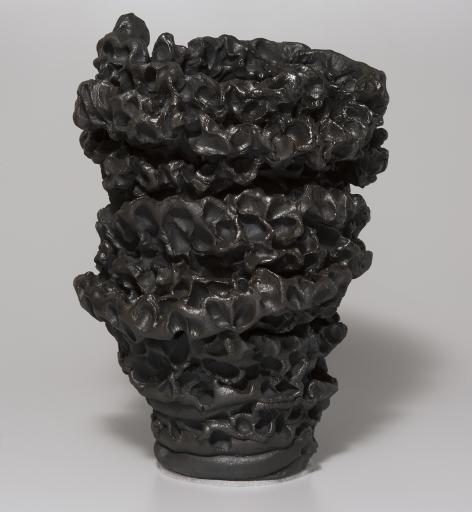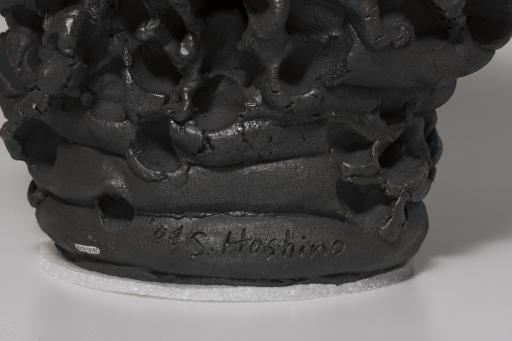Frozen Cloud II-8, Satoru Hoshino
Artwork Overview
Satoru Hoshino, artist
born 1945
Frozen Cloud II-8,
2004
Where object was made: Asia
Material/technique: stoneware; black slip
Dimensions:
Object Height/Width/Depth (Height x Width x Depth): 51.6 x 36 x 34.5 cm
Weight (Weight): 53 lbs
Object Height/Width/Depth (Height x Width x Depth): 51.6 x 36 x 34.5 cm
Weight (Weight): 53 lbs
Credit line: Gift of the artist
Accession number: 2018.0161
On display: Lee Study Center
If you wish to reproduce this image, please submit an image request





